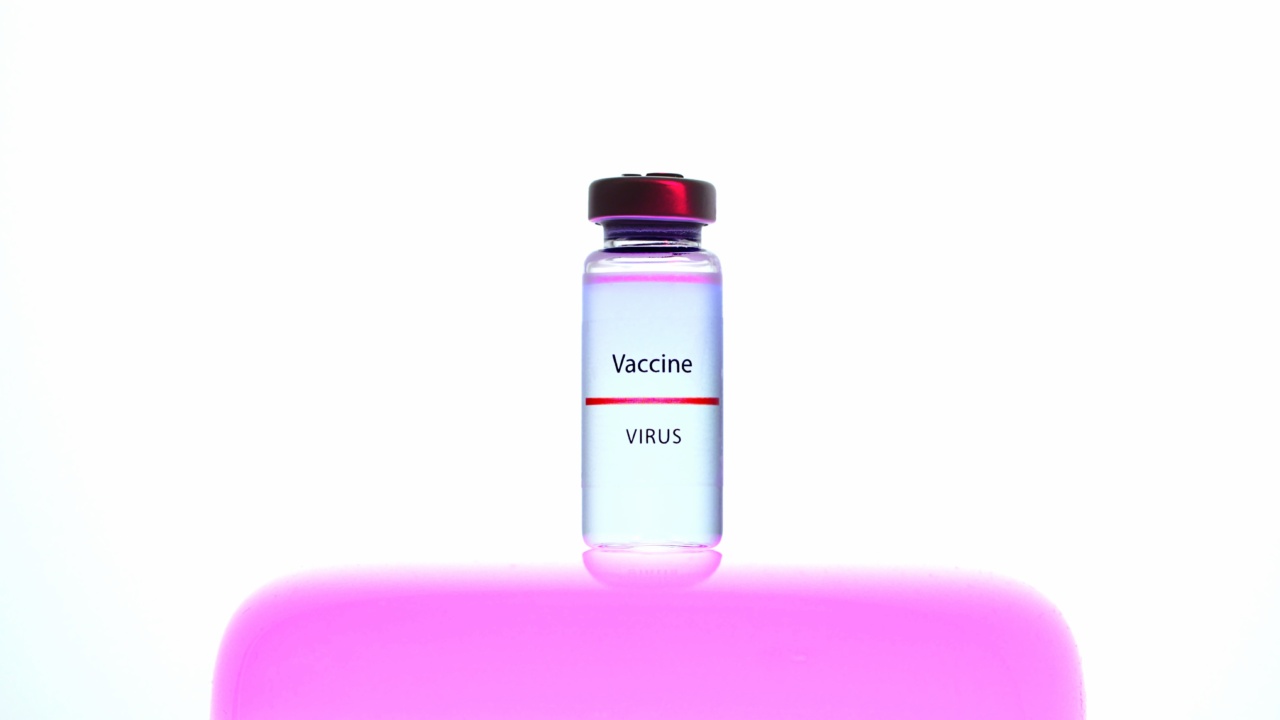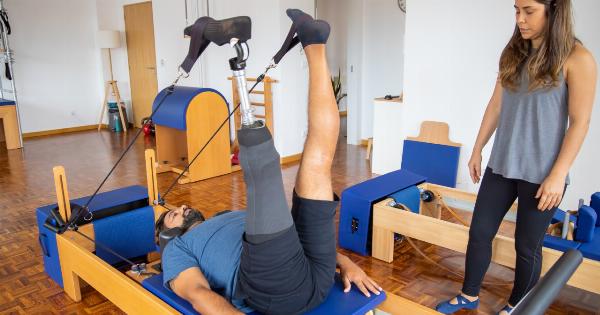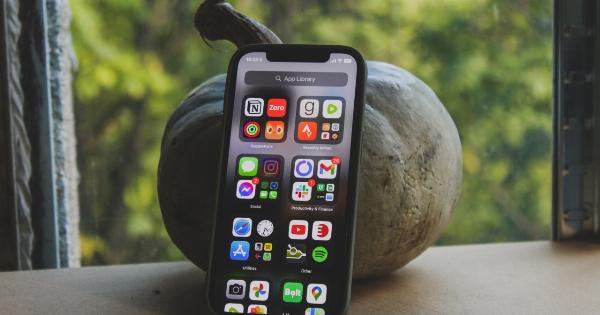When it comes to stroke recovery, every second counts. Time is of the essence, as damage to the brain can worsen rapidly if not addressed promptly.
Stroke is the leading cause of long-term disability worldwide, leaving countless individuals struggling to regain their motor and cognitive functions. However, there is a glimmer of hope on the horizon as the Massachusetts Institute of Technology (MIT) unveils its latest groundbreaking technology aimed at revolutionizing stroke rehabilitation.
This cutting-edge innovation has the potential to transform the lives of stroke survivors and pave the way for a more effective recovery journey.
The Impacts of Stroke: A Silent Epidemic
Before diving into MIT’s groundbreaking technology, it is essential to understand the significance of stroke and its devastating effects.
Stroke occurs when the blood supply to the brain is interrupted or reduced, depriving it of vital oxygen and nutrients. This disruption can be caused by either a clot obstructing the blood flow (ischemic stroke) or a ruptured blood vessel (hemorrhagic stroke).
According to the World Stroke Organization, stroke is the second leading cause of death globally and one of the leading causes of disability. Every two seconds, someone in the world suffers a stroke, and every six seconds, someone dies from it.
The aftermath of stroke can vary, leaving survivors with physical impairments such as paralysis, difficulty in speaking, or cognitive deficits. The path to recovery often involves extensive rehabilitation, which can be challenging, time-consuming, and costly.
MIT’s Groundbreaking Technology: Decoding the Secrets of the Brain
MIT researchers have developed a revolutionary technology that aims to accelerate and enhance stroke recovery.
The new system combines cutting-edge robotics, neuroimaging, and machine learning algorithms to decode brain signals and aid in restoring lost functionalities. The project, led by Professor Patrick J. Drew and his team, has already shown remarkable potential in initial trials.
Brain-Computer Interfaces (BCIs): Enabling Communication
At the core of MIT’s stroke recovery technology lies a brain-computer interface (BCI) that allows stroke survivors to communicate with the external world more efficiently.
The BCI system uses a combination of neural recordings and advanced algorithms to interpret the user’s intentions and convert them into meaningful actions.
By utilizing an array of electrodes strategically placed on the scalp, the BCI system can capture electrical signals from the brain.
These signals are then processed and translated into specific commands, enabling the user to control external devices or communicate through a computer interface. This breakthrough has the potential to provide a lifeline for stroke survivors who may have lost their ability to speak or control their movements independently.
Robot-Assisted Therapy: Relearning and Reinforcing Movements
In conjunction with the BCI system, MIT’s stroke recovery technology incorporates robotic devices that assist in physical rehabilitation.
These robotic devices are designed to support patients in relearning and reinforcing their movements, helping them regain strength, coordination, and dexterity.
The robotic devices work in tandem with the BCI system, allowing stroke survivors to initiate actions using their brain signals.
For example, a patient could visualize themselves moving their paralyzed arm, and through the BCI system, the robotic device would replicate that motion, providing the necessary feedback to the brain. This feedback loop helps stimulate neuroplasticity, the brain’s ability to rewire and form new connections, potentially leading to improved motor function.
Neuroimaging and Machine Learning: Personalized Recovery Plans
Another critical component of MIT’s innovative stroke recovery technology is neuroimaging combined with machine learning algorithms.
This combination allows researchers to gain valuable insights into the brain’s activity patterns and tailor personalized recovery plans for each individual.
Through functional magnetic resonance imaging (fMRI), researchers can observe the brain’s activity during various tasks and identify specific regions that are either underactive or compensating for the damage caused by stroke.
Machine learning algorithms then analyze this data, translating it into actionable information that is used to create a targeted rehabilitation program.
By harnessing the power of neuroimaging and machine learning, stroke survivors can benefit from customized therapy plans that address their specific needs and maximize their chances of recovery.
This personalized approach offers a significant advantage over traditional, one-size-fits-all rehabilitation methods.
Promising Results and Future Directions
The initial trials of MIT’s groundbreaking technology have yielded promising results, giving hope to stroke survivors and their families worldwide.
Patients who participated in the trials demonstrated improved motor control, increased communication abilities, and enhanced overall quality of life.
While still in the early stages, MIT’s stroke recovery technology has the potential to revolutionize rehabilitation practices globally.
Its multidimensional approach, combining brain-computer interfaces, robot-assisted therapy, neuroimaging, and machine learning, offers a comprehensive and personalized solution to the complex challenges stroke survivors face.
Looking ahead, MIT researchers are focused on further refining the technology and expanding its reach.
They plan to conduct larger-scale clinical trials to gather more data and validate the system’s effectiveness across a broader range of patients. Additionally, ongoing research aims to integrate virtual reality and gamification elements into the rehabilitation process, making it more engaging and enjoyable for patients.
The Future of Stroke Recovery: A Ray of Hope
MIT’s groundbreaking technology has the potential to transform the field of stroke recovery, providing new avenues for survivors to regain their independence and improve their quality of life.
By combining robotics, brain-computer interfaces, neuroimaging, and machine learning, this innovative approach offers personalized rehabilitation plans tailored to each individual’s unique needs.
As the technology continues to evolve, it holds the promise of making stroke recovery more accessible, efficient, and effective for millions of people worldwide.
MIT’s breakthrough serves as a ray of hope, illuminating a path towards a brighter future for stroke survivors and their families.



























